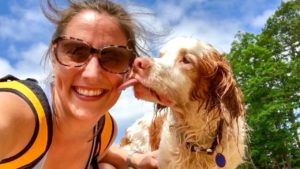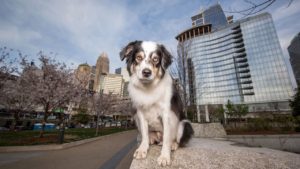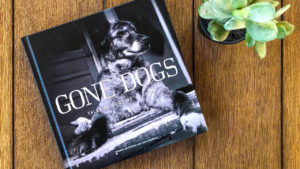The dog photo session and shots featured in this post were gifted by Nicole Begley Photography.
Dogs have always been part of my family. Truly. My parents had a 6-month-old cocker spaniel puppy when I was born and, with the exception of college, the longest I’ve lived without a four-legged friend in the house since was 6 weeks. Life, as they say, is better with a dog.
And yet, for as centrally as dogs figure in so many of my memories (and for as many dog pictures as I have on my camera roll), until recently it never really occurred to me how much I’d love the keepsakes only a professional dog photo session could capture.
In November, we tapped four Charlotte dog photographers for tips on taking better smartphone pictures of your dog. Nicole Begley was one of those photographers, and in addition to sharing some of her favorite tricks, she offered to give us a behind-the-scenes look at a pet photography session.
Ok, twist my arm.
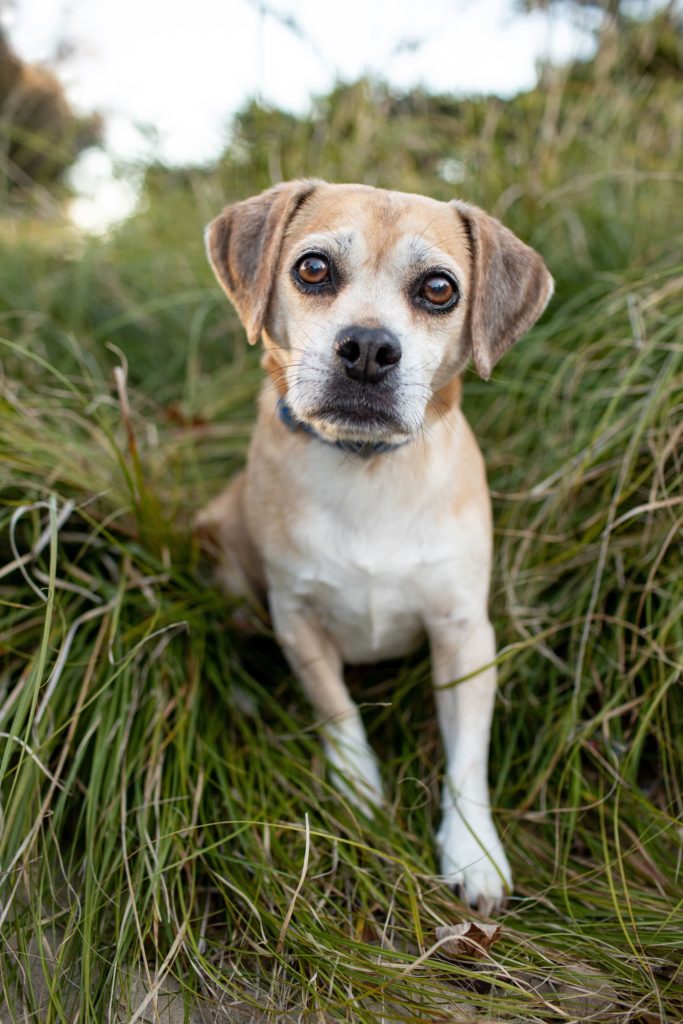
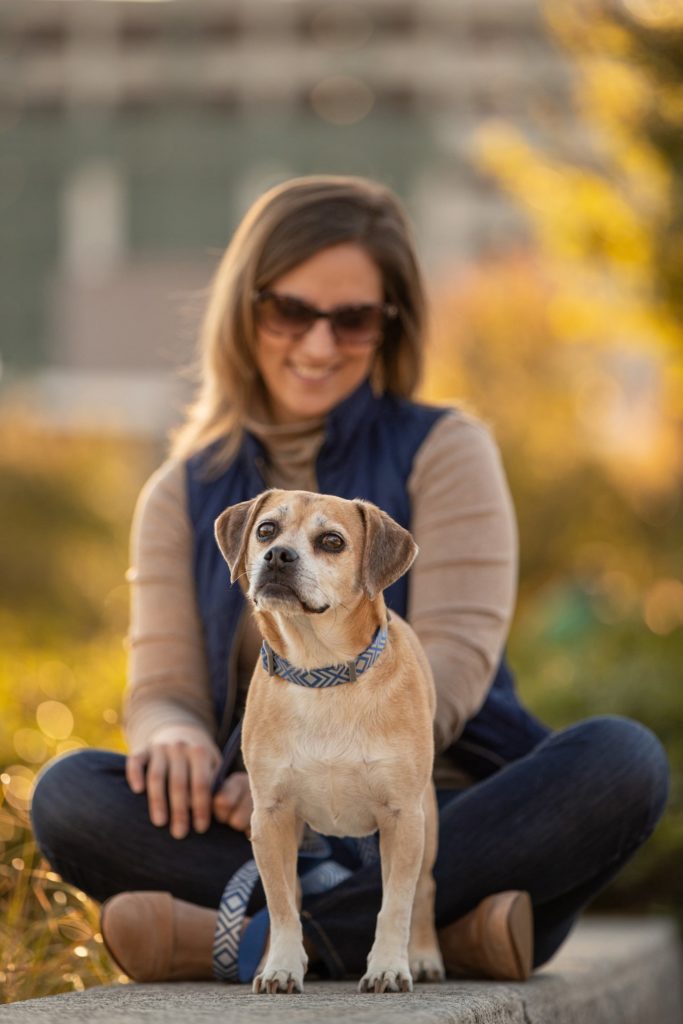
‘My dog won’t behave’
Nicole is an award-winning pet photographer and a former zoological trainer. It’s safe to say she’s seen it all when it comes to animal behavior.
She says she hears two main reasons owners think dog photo shoots aren’t for them.
The first is from owners who think their dogs won’t behave.
“I get it,” she says. “You see a portfolio of professional photographs it looks like each dog was a perfectly behaved angel with a stay behavior that is rock solid. Spoiler alert – not true.”
Your dog only has to stay still for 1/500 of a second for Nicole to get a great shot – and given her expertise and background, she knows a thing or two about how to make that happen.
She says owners also often assume that, because their dogs have to be on-leash, they can’t do an outdoor pet photography session. This, too, is an assumption worth busting.
“Did you know 90 percent of the images in my portfolio were created with a leash on them?” Nicole asks. “Often there’s even a person in the original image.”
Turns out your dog isn’t the only one with tricks.
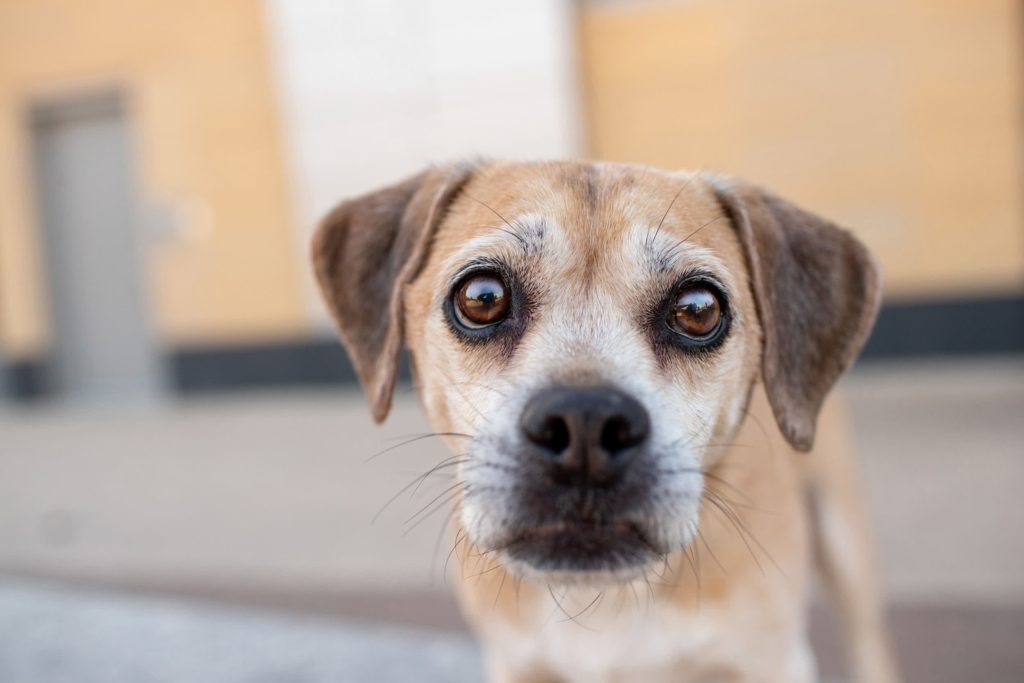
Before your dog photo session
So you’ve decided to book your puppy photo shoot or older dog’s photo session. Now what?
We did an outdoor session, so Nicole suggested a few locations based on her knowledge of which areas would photograph best at different times of day. We settled on a late-afternoon shoot at First Ward Park – which, in addition to having nice evening light, also features a surprising variety of both natural and urban background textures.
As part of the booking process, your photographer will likely want to gather some basic information about you and your dog. Nicole’s workflow was really simple. She sent me a link to a booking form that took just a few minutes to complete and helped her start to get to know her subject, a very food-motivated puggle named Chester who’s never met a human he didn’t like.
At this stage Nicole also shared her inquiry and product guides, which helped me get a better sense of how she works and what to expect both during and after our shoot. We did an artisan session, which meant we’d shoot for about 30 minutes in a single, main location. Don’t let that fool you, though. You’d never know the half a dozen distinct backgrounds in Chester’s pics were captured only steps apart.
Nicole says it’s good to give a bit of thought before your dog photo session to how you’d like to use your photos. Your plan doesn’t have to be set in stone, but it’s helpful for your photographer to know when shooting whether, for example, you’re planning a larger-than-life, fine-art watercolor to hang over your couch or an adorable Instagram Stories series to introduce your furry new addition.
The day before our shoot, Nicole checked in with a few final tips – a 6-foot leash is best, harnesses are fine for walking but not great for photos, etc.
She also confirmed whether Chester has any food allergies (because, treats) and the final logistics of when and where to meet. As a planner who doesn’t do well with the unknown, I appreciated this. It made me comfortable we were in the hands of a pro and Chester and I could just focus on having fun.
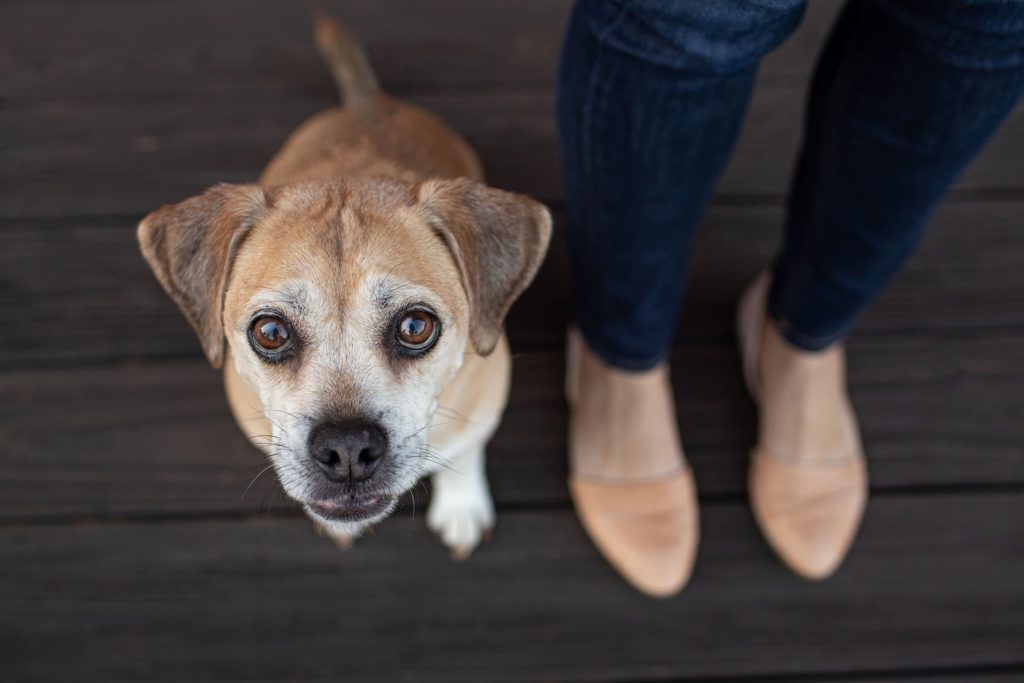
During your dog photo shoot
I’m always amazed by visually talented people who are able to see the possibilities in the details – the textures, light and angles.
We spent a few minutes when we first got to First Ward Park taking a lap so Nicole could check out the light and game plan. Chester also took this time as his opportunity to up-close-and-personally introduce himself to his new best friend and thoroughly investigate every piece of equipment she had with her.
Chester’s generally a pretty well-behaved dog, and he’s used to going places with us, but the combination of a new place, new sniffs and a friendly stranger with treats buried in her bag definitely made him selectively hard of hearing at first. With a little bit of time he got the hang of things, though, and Nicole was able to capture some really great shots in a mix of settings.
If you’ve never done a pet photography session before, here are a few things to keep in mind:
Be patient
Yes, pet photography is a tremendous skill, but it’s also a numbers game. You’ll try lots of different setups, sitting, walking, standing, shots of your dog alone, shots of you together, with a flash, without a flash, etc. It might feel like a lot – particularly if you’re self-conscious of others watching – but you’ll be thrilled when you have oodles of good options to choose from later.
Trust your photographer
It took a few tries for Nicole to really connect with Chester. He was too distracted by all the new sights and sounds to pay much attention to some of her usual tricks like squeakers and duck calls. But as soon as the treats came out, he was all hers – until I made the mistake of trying to get him to sit with a piece from my own pocket. We spent the next few minutes getting him to refocus. Lesson learned: Trust your photographer to know how to get and keep your dog’s attention.
Give your dog a tiny bit of slack
One of the tricks of pet photography magic is to hold your dog’s leash taut so it’s easier for your photographer to edit it out after your shoot. This worked beautifully in most instances for us, but there are a few shots where I can tell by Chester’s posture I was pulling his leash a bit too tight. It’s probably only something the people who know him best would notice, but that’s enough to make me favor some of the other pictures from our shoot.
Have fun
This probably seems like it should go without saying, but it might be a smidge harder than you expect. I got frustrated when Chester wouldn’t listen or look at the camera, and when he got so excited he gagged himself on his leash (seriously, dog?).
But here’s the thing: Nicole’s been doing dog photo shoots for a long time, and – despite my embarrassment – a slightly unruly 25-pound puggle probably isn’t the worst thing she’s seen. This isn’t something you’ll do every day, so try to have fun and roll with it. Who knows? Maybe you’ll even get a great outtake or two that’ll become one of your favorite shots.
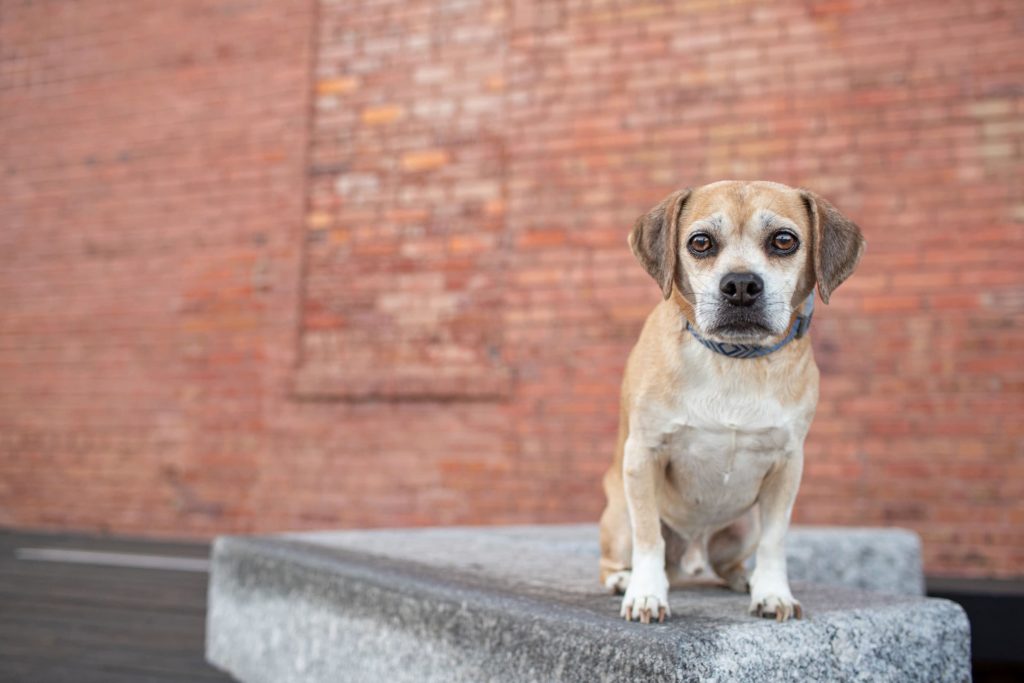
After your session
Expect for it to take a couple of weeks to see your pictures. Your photographer will need some time to narrow down the hundreds of photos from your shoot to a more manageable number of selects. Those best-of-the-best shots will then undergo editing, which includes everything from color correction to magically removing eye goobers, leashes and other background distractions.
Your photographer likely offers a range of pet photo packages at different price points – from digital-only options to gallery-quality watercolors, canvases and fine-art prints. You’ll get time to sit with your selects – ours were ready in about 2 weeks – and then you’ll work with your photographer to choose how you’ll put them on display. If you go the digital route, Nicole will provide two versions – smaller file sizes perfect for Instagram, Facebook or anywhere else on the web, and larger files best for real-life prints.
After that, all that’s left is to show off your pup’s shots to friends and family – and maybe give him or her a few extra treats and snuggles for a job well done.


